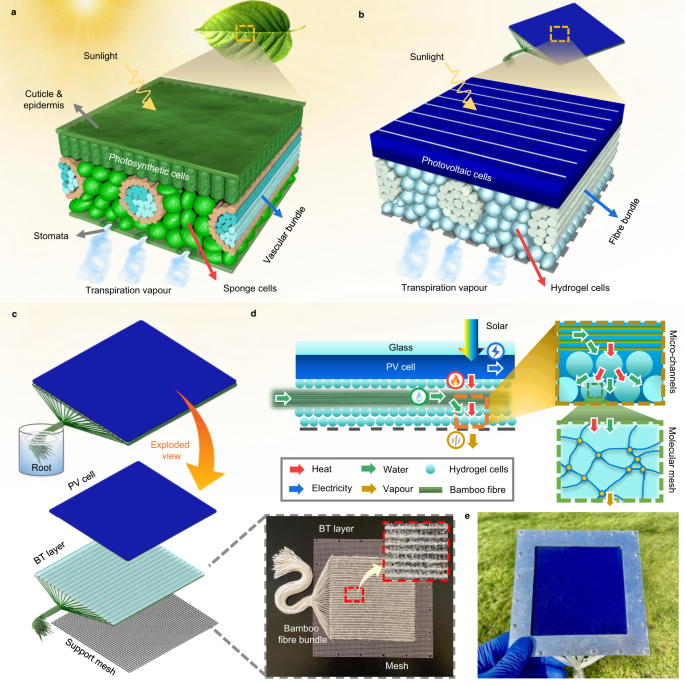2023-08-15 オーストラリア連邦研究会議(ARC)
◆ペロブスカイトセルの研究を中心に、人為的なミスを排除した自動化システムと機械学習モデルが利用され、製造とテストの効率向上が実現されます。この施設はペロブスカイト以外にも応用可能で、世界中の研究者やメーカーに革新的な成果をもたらすことが期待されます。
<関連情報>
- https://excitonscience.com/news/years-weeks-machine-learning-robotics-turbo-charges-solar-cell-research
- https://onlinelibrary.wiley.com/doi/full/10.1002/aenm.202203859
機械学習による準2次元ラドレスデン・ポッパー型ペロブスカイト太陽電池の高スループット製造と最適化 Machine Learning Enhanced High-Throughput Fabrication and Optimization of Quasi-2D Ruddlesden–Popper Perovskite Solar Cells
Nastaran Meftahi, Maciej Adam Surmiak, Sebastian O. Fürer, Kevin James Rietwyk, Jianfeng Lu, Sonia Ruiz Raga, Caria Evans, Monika Michalska, Hao Deng, David P. McMeekin, Tuncay Alan, Doojin Vak, Anthony S.R. Chesman, Andrew J. Christofferson, David A. Winkler, Udo Bach, Salvy P. Russo
Advanced Energy Materials Published: 30 July 2023
DOI:https://doi.org/10.1002/aenm.202203859

Abstract
Organic–inorganic perovskite solar cells (PSCs) are promising candidates for next-generation, inexpensive solar panels due to their commercially competitive cost and high power conversion efficiencies. However, PSCs suffer from poor stability. A new and vast subset of PSCs, quasi-two-dimensional Ruddlesden–Popper PSCs (quasi-2D RP PSCs), has improved photostability and superior resilience to environmental conditions compared to three-dimensional metal-halide PSCs. To accelerate the search for new quasi-2D RP PSCs, this work reports a combinatorial, machine learning (ML) enhanced high-throughput perovskite film fabrication and optimization study. This work designs a bespoke experimental strategy and produces perovskite films with a range of different compositions using only spin-coating free, reproducible robotic fabrication processes. The performance and characterization data of these solar cells are used to train a ML model that allow materials parameters to be optimized and direct the design of improved materials. The new, ML-optimized, drop-cast quasi-2D RP perovskite films yield solar cells with power conversion efficiencies of up to 16.9%.



